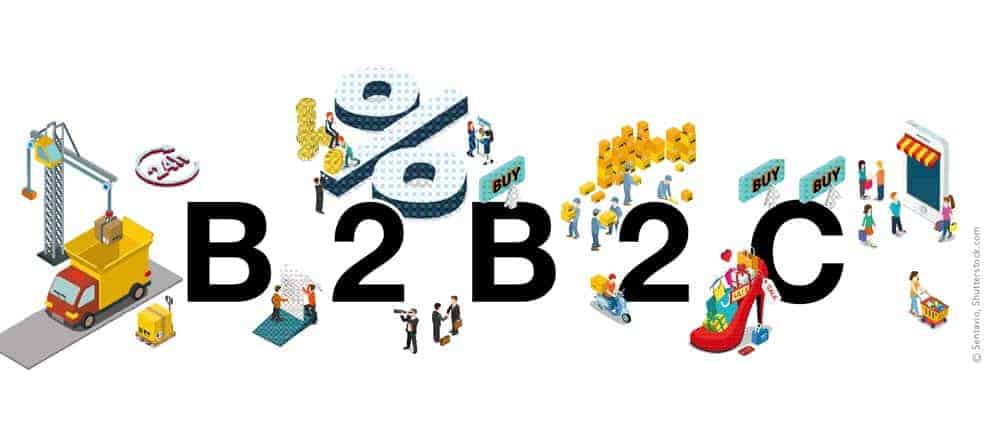Turbo for the Customer Experience


Earlier than many, customer experience (CX) managers have recognized the potential of AI and used it to better serve their customers.
After all, customer experience is ultimately about one thing: using new technologies to serve customers and make their lives easier. IT analyst Gartner even predicts that CX will have the largest share of the AI market by 2020.
AI is there for the customer - all the time: There is no technology more CX-friendly than the chatbot. A chatbot is there for customers 24 hours a day and solves any problem, no matter when it arises.
But that's not all: by analyzing the customer interaction in question, you learn how to solve larger problems and can improve the customer experience for future customers.
With chatbots, limited call center service hours, queue music, and automated announcements like "Your request is important to us" are finally a thing of the past.
AI creates an attractive customer experience: Used in the right way, artificial intelligence can give customers a real "aha" experience. Because it combines speed with user-friendliness.
Here are a few examples: Via the Facebook Messenger bot of the pizza delivery service Domino's, the customer can order by simply writing "pizza" (what else).
AI understands what customers think, feel and want: With the help of artificial intelligence, it is now possible for a CX team to filter out important statements from millions of words written by current or potential customers.
AI puts more focus on the customer: In the past, time was always the limiting factor when it came to listening to customers and responding to their feedback.
The cost-benefit ratio has changed; in a market where everything revolves around experiences, no one can afford to neglect the customer experience anymore.
AI uses data for CX improvements. It's probably nothing new for CX managers: the Big Data hype hasn't lived up to its promise. The tremendous technical capabilities to capture customer data have done relatively little in the area of customer experience. But with AI, we can put what we know about our customers to work.
AI enables optimal personalization: Artificial intelligence does much more than just collect and act on feedback. It helps to go one step further and deliver a unique experience to each individual customer using historical and behavioral data.
AI means we no longer have to ask customers what they want - we can find out for ourselves, while increasing brand loyalty and customer satisfaction.
AI avoids problems before they occur: We can use predictive modeling to identify problems before they happen. This is a kind of invisible customer experience measure - a way to guide customers away from problems we can foresee but they can't.
AI makes every single interaction smarter: With AI, customer interactions and customer conversations don't have to happen in isolation. They can be embedded in a diverse data context and linked to millions of other interactions.
For example, customers don't have to explain what's going on in the call center every time. Whether via chat, e-mail or voice: With the help of modern APIs, companies can combine all communication channels into one string, evaluate and respond.
AI gives customers the ability to ask questions in their own way. In the area of image recognition, AI opens up new possibilities: The customer provides a picture of the product they are looking for and you find it for them. A real turbo!






